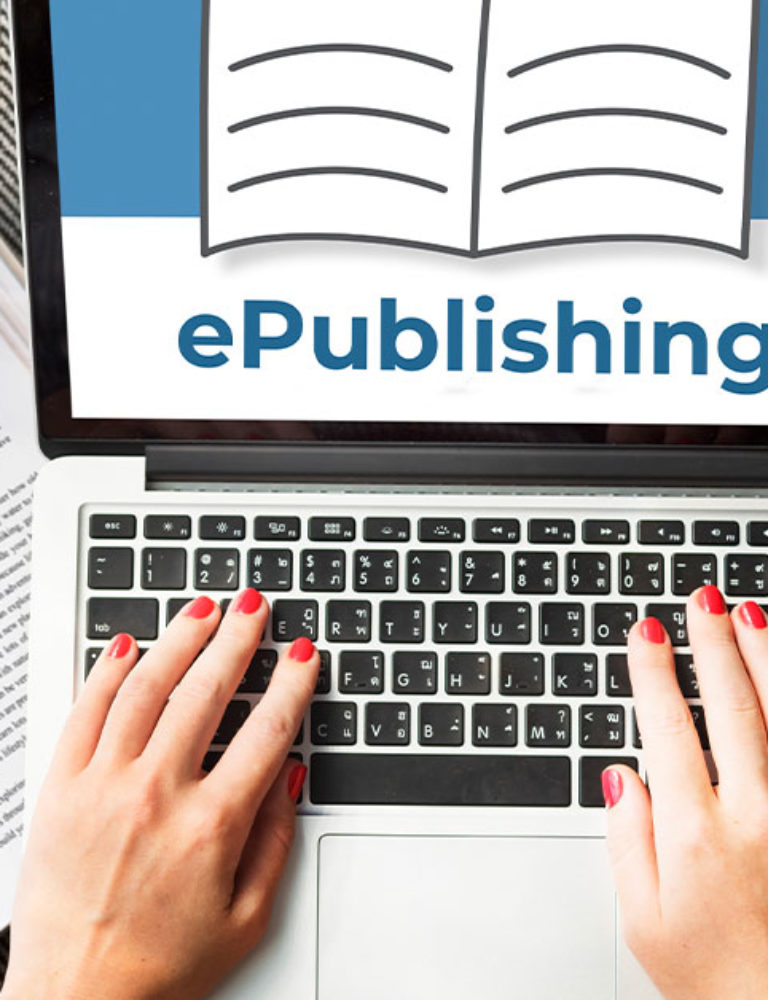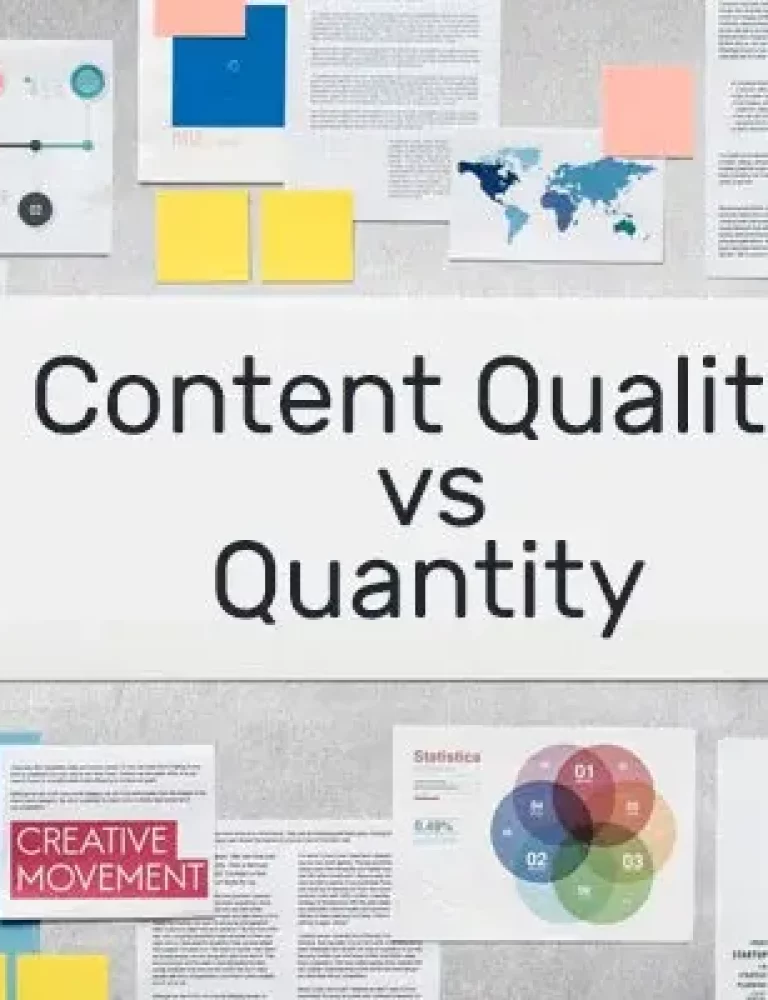Over the last few years, eBooks have undergone several innovative shifts. Interactive eBooks, for instance, are enhancing engagement for readers – from learners of all ages to child audiences.
Another shift is that publishers can choose between reflowable and fixed layout formats, which enhance the readability of eBooks. However, both formats come with advantages and disadvantages.
Today, we demystify the two formats through a detailed eBook layout comparison, helping publishers choose the right one for their specific needs. Understand the differences and pros and cons of each format and make an informed decision.
Table of Contents:
I. Understanding Different eBook Formats
II. Pros and Cons of Fixed Layout and Reflowable
III. How to Choose the Right Format for Your Content
IV. Technical Considerations in eBook Layout
V. Case Studies: Successful Implementations of Each Format
VI. The Conclusion
Understanding Different eBook Formats
Contemporary eBooks are going the interactive way, with PDF eBooks becoming a thing of the past. The usage of ePUB or electronic publication files has transformed the way we engage with eBooks. This is because ePUB files enable the embedding of multimedia elements like video and audio, and they support metadata.
ePUB’s earlier edition only allowed eBooks to be opened with a reflowable format. However, the latest version allows eBooks to be opened in a fixed format.
In reflowable eBook formats, all page contents automatically reorient to fit any screen size. Hence, it is a popular format for eBooks.
In fixed layout eBook designs, the page content is static, keeping the content well-defined on the page. Alignment changes can disrupt the readability and flow of the content.
Both formats come with pros and cons. Hence, choosing eBook layouts requires some understanding of ePUB formats and their functional uses.
Pros and Cons of Fixed Layout and Reflowable
Higher education publishers can reap multiple benefits by making an intentional shift towards interactive multimedia content in their strategies. Here’s a snapshot of opportunities:
Reflowable eBook Formats
Pros
- The text automatically fits the device screen, and the reader does not need to invest efforts in adjusting the page.
- This layout enhances the readability of text-heavy eBooks, like novels, really well.
- They are compatible with a wider range of smartphones, tablets, and eReaders.
- Readers can adjust the font size as per their preference.
- This format is quite suitable for smaller screens.
Cons
- They are not suitable for eBooks with several multimedia elements and a strong visual component, like recipe books, children’s books, coffee table books, and graphic novels, as the formatting reduces readability.
- The file size is usually lighter since it is mostly used for text-heavy books.
- It is challenging to create a reflowable eBook with columns and tables, which go awry.
Fixed Layout eBook Designs
Pros
- This layout is suited for eBooks such as children’s books, tech manuals, and coffee table books that have scope to be enhanced with audio/ video integration, read-aloud, illustrations, graphs, or charts, glossary pop-ups, search functionality, and text highlights.
- Very compatible with some devices, such as an iPad or Kindle Fire.
- Elements such as columns and tables are presented well in fixed-layout eBook designs.
Cons
- The text does not automatically fit the device screen, and some elements may slide off the screen. Hence, readers need to scroll and zoom in to progress further.
- The file size is heavier due to the presence of multimedia.
- They are not compatible with devices and are most suitable for wide screens. For smaller screens, the reader needs to scroll from right to left and zoom in to adjust the screen as per reading needs.
How to Choose the Right Format for Your Content
The key to choosing the best format for eBook publishing is to consider the following important factors:
1. Content Format
2. Target Audience
Consider the audience profile – from children and graphic novel enthusiasts to fiction and non-fiction genre lovers. Those who read text-heavy books tend to read quickly and on smaller screens.
Hence, a reflowable layout works better. However, niche audiences tend to consume ebooks more slowly, enjoying all the images that go with the text. Hence, a fixed layout format consumed on a larger screen is more relevant.
Technical Considerations in eBook Layout
There are several technical aspects to consider when choosing the best format for eBook publishing:
1. File Formats
To publish books with a reflowable or fixed layout format, you will need to shift from using PDF to the ePUB file format, which is specially designed to create eBooks. The latest ePUB edition enables the creation of eBooks in both layouts.
2. Creation and Publishing Process
You need to consider using superior publishing tools to enable integration of multimedia elements, seamlessly. For instance, using cloud-based digital publishing software can automate several processes and help you bring out high-quality eBooks in either format quickly.
3. Secure Distribution
Piracy, plagiarism, and duplication have become common in the publishing world. However, with the use of digital rights management (DRM) technology, publishers can control access to ePUB eBooks in both reflowable and fixed layout formats.
Only authorized users can gain access. This step also helps protect revenues. Ensure that distribution tools come with superior DRM features.
Case Studies: Successful Implementations of Each Format
1. Self-Publishing On Amazon
One of the most successful stories for the reflowable format is the use of the reflowable format for self-publishing on Amazon.
Authors of text-heavy genres such as romance, fantasy, thrillers, and non-fiction themes can create their own books and sell them. This mechanism has boosted self-publishing and catapulted Amazon’s publishing business to new heights.
2. Interactive eBooks On Apple
Apple products such as the iPad have been revolutionary for encouraging readers to evolve the way they read and engage with context through illustrations, videos, and read-aloud features. The launch of the Apple Book Store has further nudged the discovery and purchase of fixed-layout eBooks across genres.
The Conclusion
The future of eBooks lies in being innovative and creating a unique and superior user experience. Publishers making early investments in digital publishing technology can scale up, adapt to consumer expectations, and drive revenues.
If you’re looking to create and distribute top-notch eBooks, KITABOO has the technology solutions to support you. You can take advantage of our cloud-based digital publishing platform, which is available in both a licensed version (one-time purchase) and a subscription model.
Get in touch with us to start a conversation.
Discover How An Ebook Conversion, Publishing & Distribution Platform Can Help You
Kitaboo is a cloud-based content platform to create-publish & securely distribute interactive mobile-ready ebooks.
You May Also Like









